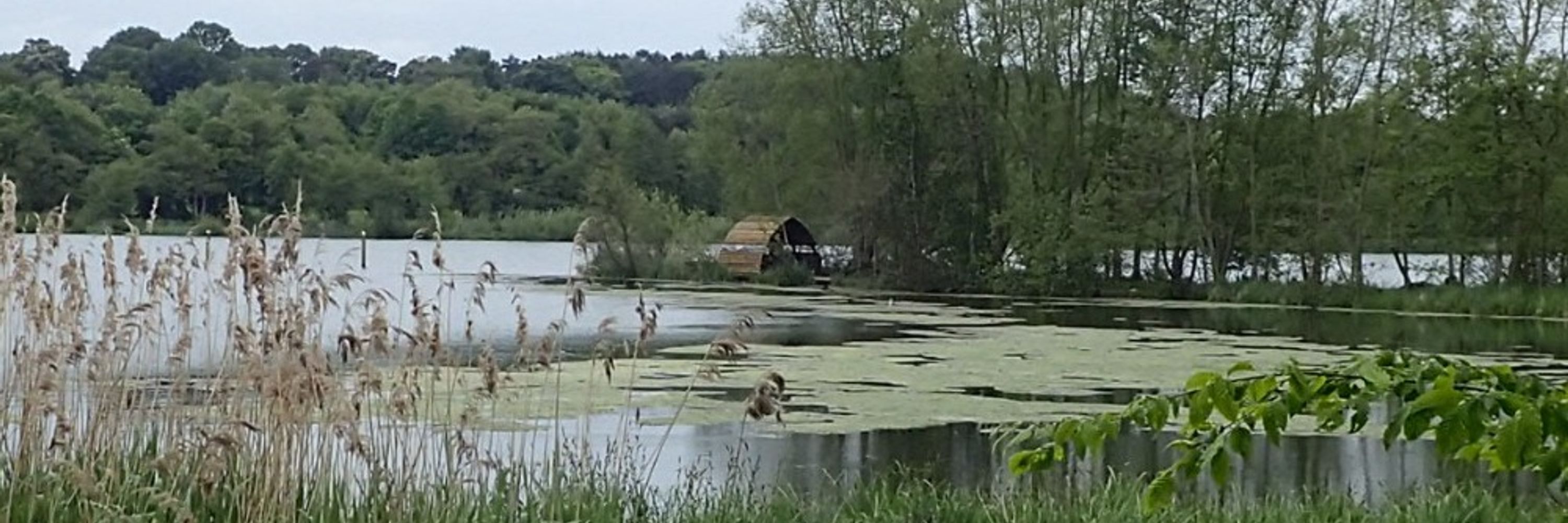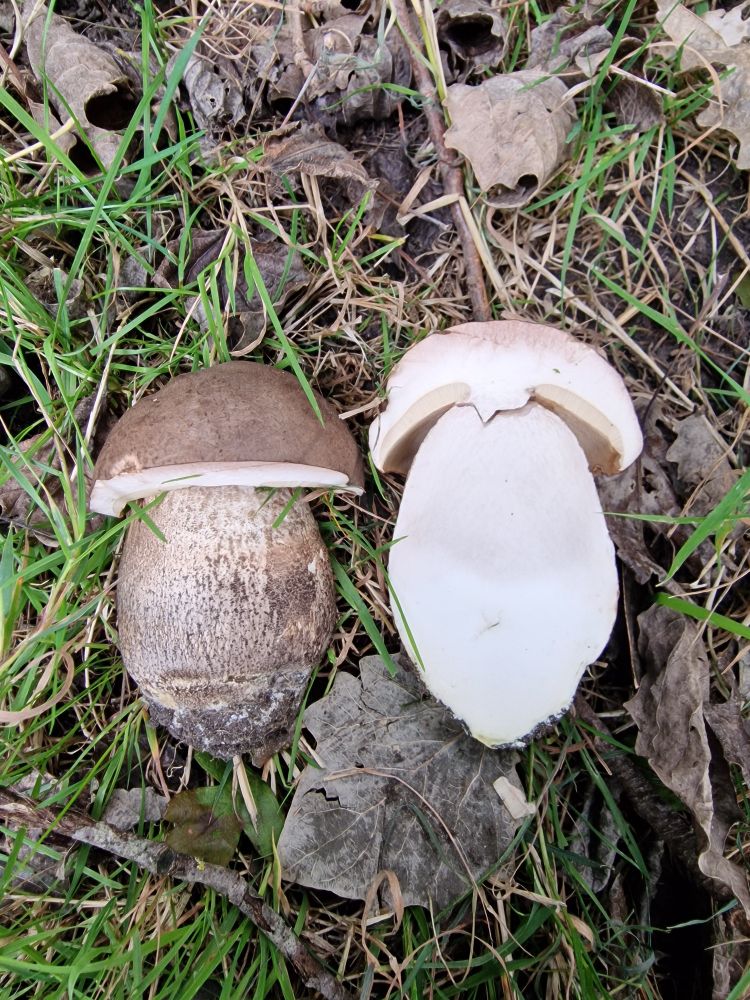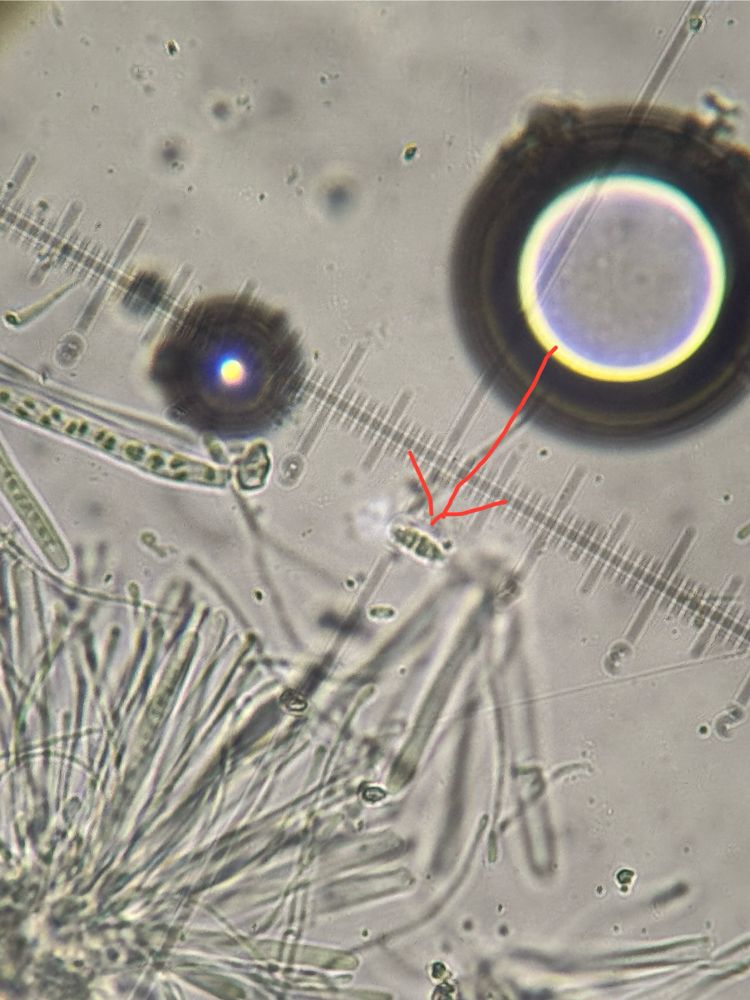James Emerson
@norwichbirder.bsky.social
1.4K followers
740 following
990 posts
Naturalist living in Norfolk (UK) - particularly interested in birds, fungi, psyllids and shieldbugs (also real ale, Forteana etc) Local patch = Whitlingham C.P. and the wider Norwich area.
Sporadically updated blog: http://jamesbirdsandbeer.blogspot.com/
Posts
Media
Videos
Starter Packs
Pinned
Reposted by James Emerson
Reposted by James Emerson
Reposted by James Emerson
Reposted by James Emerson
Reposted by James Emerson
Reposted by James Emerson
Reposted by James Emerson
Reposted by James Emerson
Reposted by James Emerson
Reposted by James Emerson
Reposted by James Emerson
Reposted by James Emerson
Reposted by James Emerson
Reposted by James Emerson
Reposted by James Emerson
Reposted by James Emerson
Reposted by James Emerson









































